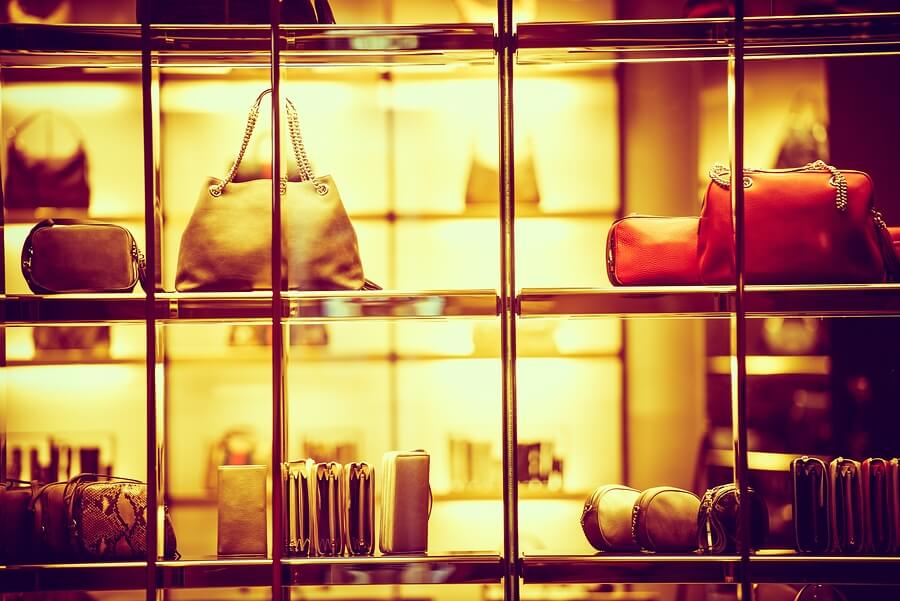Kate Spade New York has their hand in many types of luxury items these days, from handbags to clothing to fragrance to stationery. Their website claims the brand has 175 shops internationally. Something else they have? A great new retail strategy.
Consumers for the luxury brand can look forward to a change in their experience. According to Business Insider, the new experience is called a “guest journey” and the sales associate is now their “muse.”
However, the names are just the start of the changes. The associates (muses) are tasked with not just “making the sale,” but first and foremost to engage with the Customer. In other words, the muses must determine how the Customer wants the experience to go that day, and then deliver that version of it. Muses will now also greet the guest only, but they won’t show product unless asked specifically to do so.
I’ll be honest, today we are exploring the experience of an industry I know NOTHING about, women’s fashion. But I do know enough to see that there is a great benefit to making the Customer feel like they are on a journey—particularly when they are spending the kind of money they are at one of these shops.
Setting the Expectations As High As Possible
Luxury brands, more than most, have set an expectation in the minds of their Customers, and it’s as high as the prices on the merchandise. By revamping the Customer Experience to reflect the brand value of luxury, Kate Spade is joining the ranks of Apple and Lululemon.
One key for a luxury brand is called “aspiration.” When retailers of luxury brands talk about aspiration, they refer to the value the brand name implies in the mind of the consumer. Aspiration is what drives a woman that sees a Kate Spade bag in the window of the shop to figure out if she can stand to eat noodles for the next month to pay for it. Aspiration means that consumers pay a premium to be a part of the brand, and are thrilled about it.
However, to remain aspirational, a brand can’t be too popular—or too accessible. Michael Kors, an equivalent brand for women’s fashion (or so I’m told…) is suffering from too much of both, and it shows in their sales numbers. To maintain their aspirational status, Kate Spade is pulling back from discounting and flash sales this year, a gutsy move in an economy that is still in recovery mode for many.
They also want a younger vibe. Their millennial-focused Kate Spade Saturday Stores closed last winter, but the line will continue in the Kate Spade New York Stores. They have a great new campaign with actress Anna Kendrick, called #missadventure:
The Warm Glow of Meeting Expectations
All of these measures, from calling sales associates muses to hiring a spokeswoman that personifies their target Customer, Kate Spade New York is sending a subconscious signal to consumers. Eventually these manifest into a brand message that sets an expectation for the quality of the experience. And this brand promise will convince a young twenty-something woman to spend her rent money on a great bag. Buying it from her muse, who delivers the experience, I mean “guest journey” she went to the store to have will give her a warm glow—which is great, because she’ll need it when she has to sleep in the park next month!
All joking aside, the idea that your retail experience should reflect your brand values is a tenet essential to creating a great Customer Experience for a Luxury brand. And that’s something that Kate Spade New York is designing their experience to do—in spades.
What other luxury retail experiences deliver their brand promise in spades? I’d love to hear your opinions in the comments below.
If you enjoyed this post, you might be interested in the following blogs:
Discounting a Luxury Brand: The Power of the Attention Cluster of Emotions
Apple: Imitation is the Highest Form of Flattery
Colin is proud to be recognized by Brand Quarterly’s as one of the ‘Top 50 Marketing Thought Leaders over 50’.
Follow Colin Shaw on Twitter & Periscope @ColinShaw_CX

